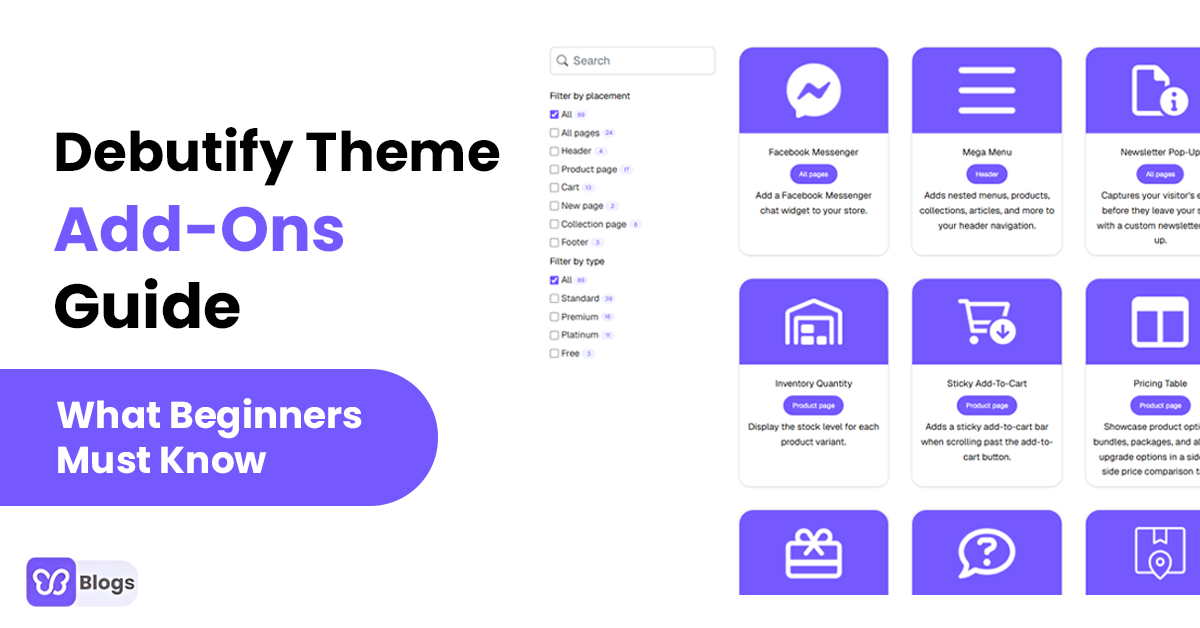Do you want hot traffic to your website?
Google can help you. (Like it helps many people every second of the day!)
Google receives 99,000 searches every second. Thousands and millions of websites make their way to search engine result pages.
Do you want your website to rank well on SERPs?
Yes or yes?
Then you must understand the best ways to make it happen.
There are 2 approaches to get good traffic to a website:
- SEO – Search Engine Optimization
- SEM – Search Engine Marketing
The common question that arises here is, ‘SEO vs SEM: Which one should you invest in?’
Don’t worry.
Today’s blog post is here to untangle the mystery of SEO vs. SEM. We’ll walk you through both terms and explain their differences.
So, stick with us to choose the right approach for your business.
Ready? Let’s start…
What Is Search Marketing?
It refers to techniques that help websites appear on search engine result pages.
Marketers aim to rank higher and increase their search visibility. It helps them to generate more traffic to their websites.
Search marketing includes 2 approaches:
- Search Engine Optimization (SEO)
SEO involves Organic Strategies to rank on result pages.
- Search Engine Marketing (SEM)
SEM involves Paid Strategies to increase visibility on SERPs
Let’s move on to discuss both approaches in depth…
1. SEO
Search engine optimization includes Organic Strategies to appear on result pages. SEO is NOT PAID.
Marketers adopt methods to improve and enhance web pages to rank higher.
SEO is a broad term. It includes many techniques to help a website increase its visibility. SEO is broadly categorized into 3 groups:
i) On-Page SEO
It refers to strategies that enhance every webpage across the website. Marketers include specific keywords to match their user’s queries.
On-page SEO includes the following:
- Keyword research
- Content Creation
- Keyword Optimization
Search engines use on-page SEO to understand a web page's content and its relevance to a user's query.
ii) Technical SEO
This SEO optimizes a website’s speed, structure, and foundation.
Technical SEO includes:
- Optimizing site speed
- Mobile-responsiveness
- The site and data structure
- Security
It helps search engines crawl your site and improves user experience.
iii) Off-Page SEO
Also known as building backlinks. Off-page SEO is when other authority websites link to the company’s website.
Links from high-authority websites work as a vote of confidence for the business’s website. It signals the search engine that the website is trustworthy and reliable. It, in turn, increases visibility.
To optimize a website’s SEO, a marketer has to work on all categories of SEO.
Time to talk about SEM…
2. SEM
SEM uses PAID strategies to make a website appear on the search engine result pages. It includes the following:
- Setting and optimizing the Ad
- Setting a budget
When a user enters the query, search engines display the ads that match their intent. Like this:
SEM is also called Paid search or PPC Marketing (Pay-per-Click).
Using Google Ads, marketers can create campaigns that appear on result pages. Marketers conduct keyword research to target their audience.
When a person enters those keywords, Google displays ads at the top of the organic results.
A website has to pay for every time a person clicks on its ad.
So, is that the only difference between SEO and SEM?
That one is organic, and the other isn’t?
Nope, there’s more to it…let’s move forward to find out more differences!
There are many other differences between SEO and SEM. But, since they both are part of search marketing, they aren’t poles apart.
SEO and SEM have a lot in common.
Wanna have a look?
Here are the similarities between the two…
Similarities Between SEO And SEM
1. Both Aim to Make the Brand Appear On SERPs
The purpose of SEO and SEM is to help increase the brand’s visibility on the result pages. Both will help the website to rank higher according to the keywords entered by the users.
And the purpose of ranking higher is to get more traffic to the website…
2. Traffic Generation
Why would a website aim to appear on result pages?
To get more traffic to the website, right?
So, both SEO and SEM aim to increase visibility and get more prospects to the website.
A business has to make sure to get an ideal audience on its website.
Let’s read more…
3. Understanding Audience
To develop the right strategies, you must understand your audience. A business that understands its audience and caters to its needs succeeds in the long run.
Applying the same principle to your search marketing will bring fruitful results. Whether you use SEO or SEM; both need you to keep your audience in mind.
For SEO, you must create content your audience likes to read. You also have to speed up your website, provide a good user experience, etc.
On the flip side, for SEM, you have to use the right keywords that the audience uses. Also, a website has to create engaging ads that target the prospects.
In both cases, a website has to create content or ads according to its targeted audience and…
And optimize that content with the right keywords...
4. Keyword Research and Integration
Keywords are the core of search marketing. The search engine displays results to the user based on his search query.
Hence, both strategies involve researching the right keywords to target the users. Marketers conduct thorough research to look for keywords that their audience use.
They take help from Google Ads, different groups, and forums. For selecting the popular terms and using them in the content and ads.
Without proper keywords, search marketing will be a total failure. If the content or ad isn’t optimized for the right words, a website will never appear on SERPs. You can check out our Guide to Building an Effective Google Ads Search Campaign to learn more.
Thus, marketers are always busy finding popular keywords for their campaigns.
Time to proceed to the differences…
Differences Between SEO And SEM
1. Placement of the Result
Results generated on SERPs look different because of SEM and SEO.
Websites that use SEM appear before or after the organic results. The icon Ad also appears before them.
While the SEO results do not have such an icon placed before them.
Another difference is ad extensions…
2. Ad Extensions and Featured Snippets
SEO results have a short description under the link. It’s called a featured snippet.
SEM results do not have featured snippets. Instead, they have ad extensions. Ad extensions are extra links, CTAs, contact numbers, etc.
Have a look here to understand what I am talking about:
The result of SEM has ad extensions Accounts Payable, Why Choose us and Contact Us.
While the SEO result has a small description underneath it.
Since SEM gets ad extensions, they aren’t free…
3. Cost of Results
SEO results are FREE. A website doesn’t have to pay anything if it appears on the SERPs.
But SEM isn’t free. If a user clicks on an ad (SEM result), the website has to pay.
SEM is usually adopted when businesses have enough budget to buy paid placements. And SEO is website optimization for organic visibility on SERPs.
4. Audience Selection
SEO doesn’t have the option to target an audience based on location, interests, ages, etc.
It focuses on optimizing content with the right keywords, and also providing a good user experience.
SEO results will appear to all the people who enter the keywords that match the webpage’s content.
Whereas SEM allows marketers to control who sees their ad. They can specify their audience by using the filters of age, interest, location, and more.
5. Results
SEM generates immediate results as they appear right on top of the SERPs. But that’s not the case with SEO.
A marketer needs to work and improve his website to make its way up on the SERPs.
So, we can say that SEM brings instant results. While SEO takes time to pour in results.
One more thing, in SEM, a marketer can increase, decrease, or turn off his ad campaign. But this option isn’t present in SEO. It cannot multiply or boost a website’s rank overnight.
Even if a marketer optimizes every website element, it’ll still take time to rank higher.
6. Click-Through Rate (CTR)
SEO results receive more clicks if they appear on the first page.
If a marketer is successful in ranking his website on the top results of the first page, it can beat the SEM results. And enjoy higher click-through rates.
But…
This only happens if a website is visible on the first page. If it appears on the second page, SEM results will win more clicks.
We’re done with the similarities and differences between SEO and SEM.
Now it’s time for the final verdict, which is...
Final Verdict: Which Is Better For A Business?
The answer is not as simple as you think.
Because, to be honest…
It depends upon many factors.
Both SEM and SEO rank a website higher and increase traffic and clicks. But, one isn’t free yet; it provides quick results. The latter one is free but takes time to show results.
So, you can use either one for your business.
OR
You can use them together to get better results for your search marketing campaigns.
Some brands only rely on SEM or SEO. And some websites combine the strategies of both to get explosive traffic.
I recommend considering the following factors before finalizing the approach:
- Your Budget
- Marketing goals
- How quickly do you want results
- KPIs you want to measure
Have questions?
Feel free to ask them in the comments below.
Do You Want to Sky-Rocket Your Sales? Shopify’s Best FREE Theme –Debutify Helps Entrepreneurs Multiply Their Shopify Sales.




